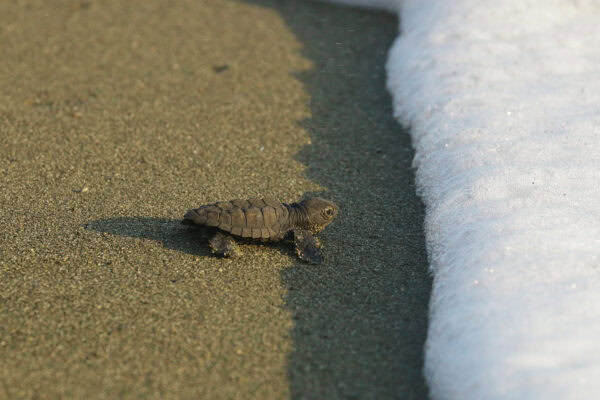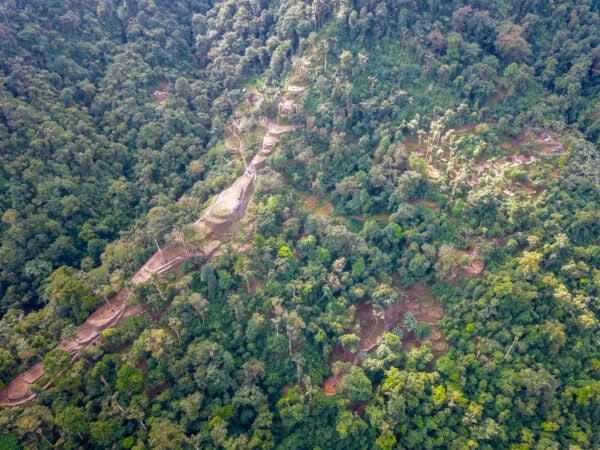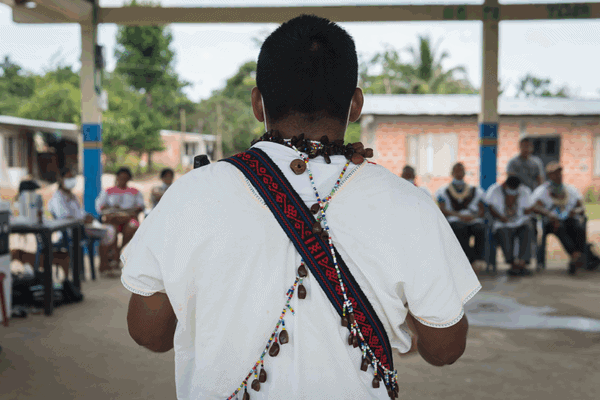Field Visit to Guanacaste
A joint group of scientists from the Amazon Conservation Team’s Colombia, Costa Rica, and United States offices spent several weeks in August traveling throughout the national park system on the pacific coast of Costa Rica to learn about ecological restoration projects from community-based conservation experts. The primary destination was the Guanacaste Conservation Area (ACG), composed of three national parks on the nation’s northwestern coast.
There the team met with Daniel Janzen, an 83-year-old, US-born conservation biologist who spent the greater part of his life working on national park conservation efforts in Costa Rica. The exchange with Janzen was accompanied by one with Roger Blanco, research coordinator at ACG, who explained the region’s extensive history.
These parks host part of the rich biodiversity of this country, which accounts for 5% of all species found on Earth. In the 1980s, Daniel Janzen started a revolutionary process of restoration that led to the recovery of not only the forest in this region, but also the ecological processes behind it, including the comeback of native herbivores (seed dispersers) and with them, top predators. ACG is now home to Costa Rica’s largest population of jaguars.
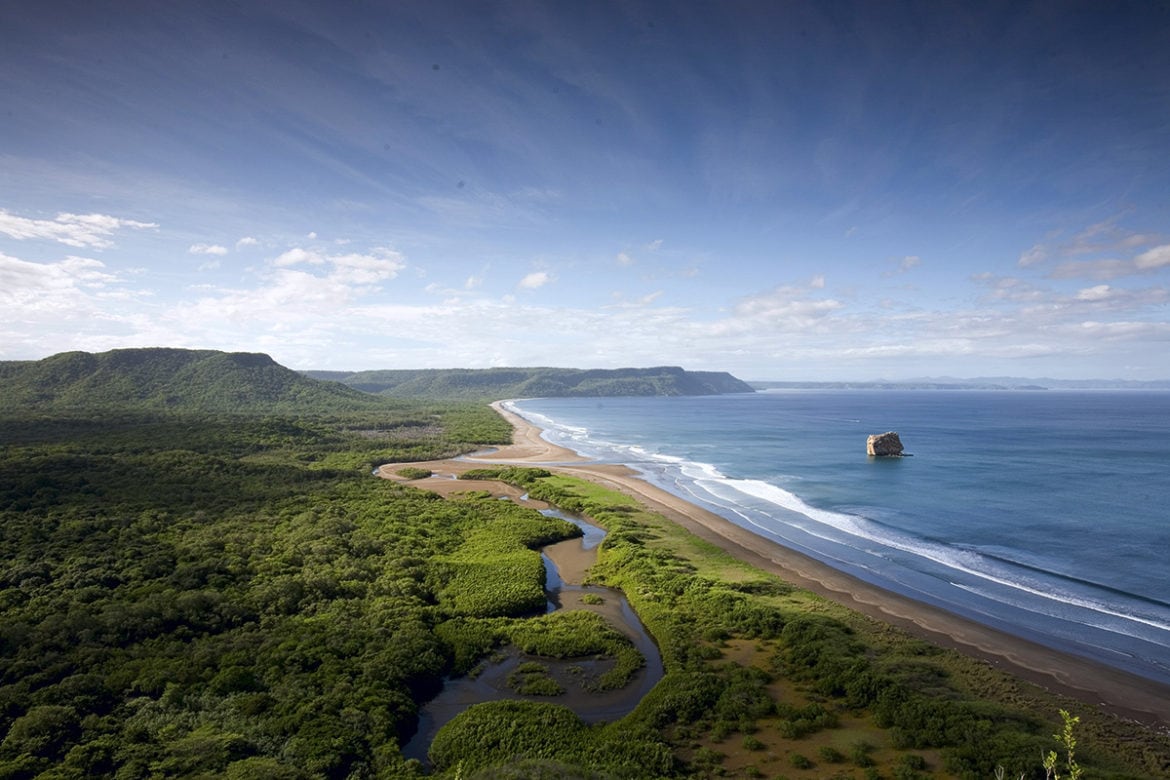
Photo credit: Luciano Capelli/Area de Conservacion Guanacaste
A Conservation Exemplar
Part of the success of the Costa Rican conservation model is that it employs compensation for environmental services and the education of community members to become conservation leaders, allowing for sustained and incentivized conservation efforts. These benefits facilitated the creation of a strategic national park system.
In the 1980s, Liliana Madrigal, ACT’s co-founder and Senior Director of Program Operations, helped kickstart Janzen’s early work in Costa Rica through fundraising, so the team facilitated a video call between the conservationists. Liliana also played an important role along with many prominent Costa Rican conservationists, including the legendary Alvaro Ugalde and Maria Boza, in obtaining financial support for the national park system’s inception during the same period.
Apart from diving into the history of Guanacaste with Janzen and Blanco, the team traveled through areas of the park alongside María Marta Chavarría, a biologist at the Guanacaste Conservation Area, and also were shown the critical camera trap monitoring efforts by a representative from the Jaguar Program at the Universidad Nacional, Victor Montalvo.
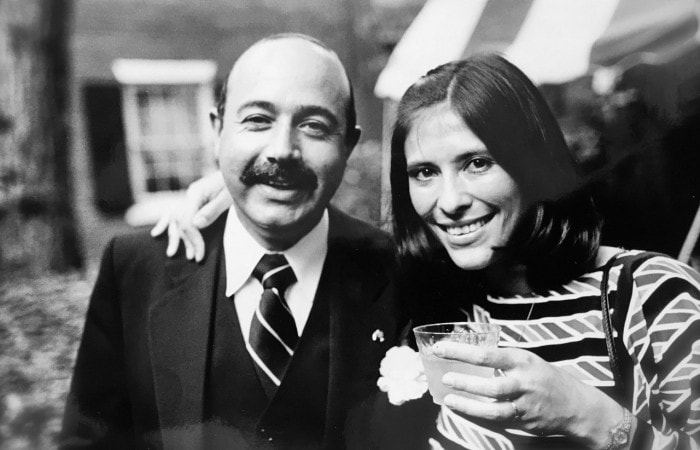
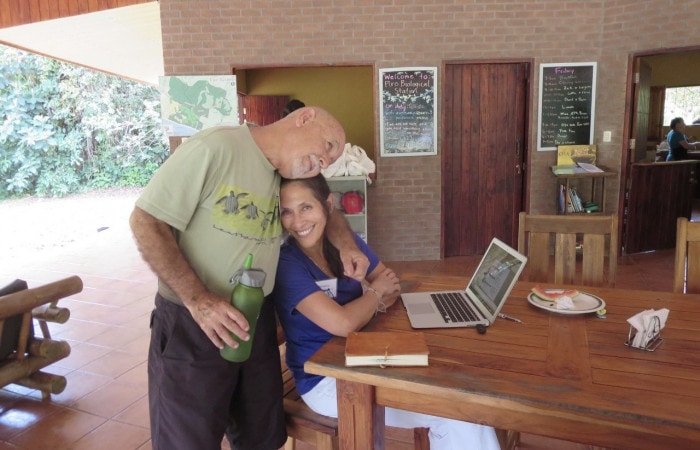
Restoration Knowledge in Action
The key priority of this visit was to engage with the deep history and experience of Costa Rican conservation and restoration efforts and learn from key successes for potential replication in ACT programs such as our projects in Colombia’s Caquetá department, a region that experiences some of the highest rates of deforestation in the Colombian Amazon. This knowledge may help us identify sustainable pathways to combat deforestation, expand restoration efforts, and conserve priority areas.
“When you go do ecological restoration, don’t see your neighbors as enemies. Conservationists often see the national park or protected area as a fight. Bring people to your side, make them your ally.”
Daniel Janzen, Conservation Biologist
Juan Carlos Cruz, Manager of Science and Conservation at Tortugas Preciosas, a sea turtle conservation organization, and member of ACT’s Costa Rica program, said that one of his key takeaways was a statement from Janzen: “When you go do ecological restoration, don’t see your neighbors as enemies. Conservationists often see the national park or protected area as a fight.” Janzen continued: “Bring people to your side, make them your ally.” Janzen emphasized that in order to create the Guanacaste Conservation Area, landowners on the future park’s grounds were paid a just price for their land and offered ample educational and financial opportunities to become conservationists of the park itself.
The substantial conservation successes our team learned about in Costa Rica provide a model for like efforts around the globe. In the words of the late E.O. Wilson, “There can be no purpose more enspiriting than to begin the age of restoration, reweaving the wondrous diversity of life that still surrounds us.”
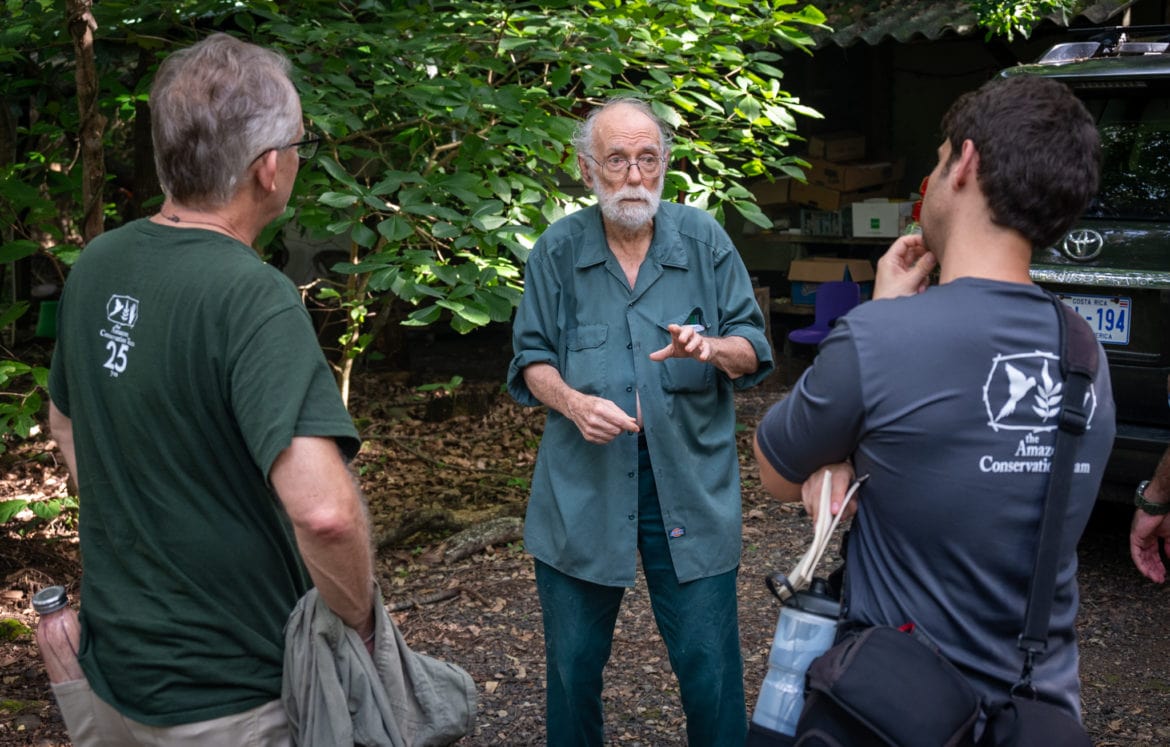
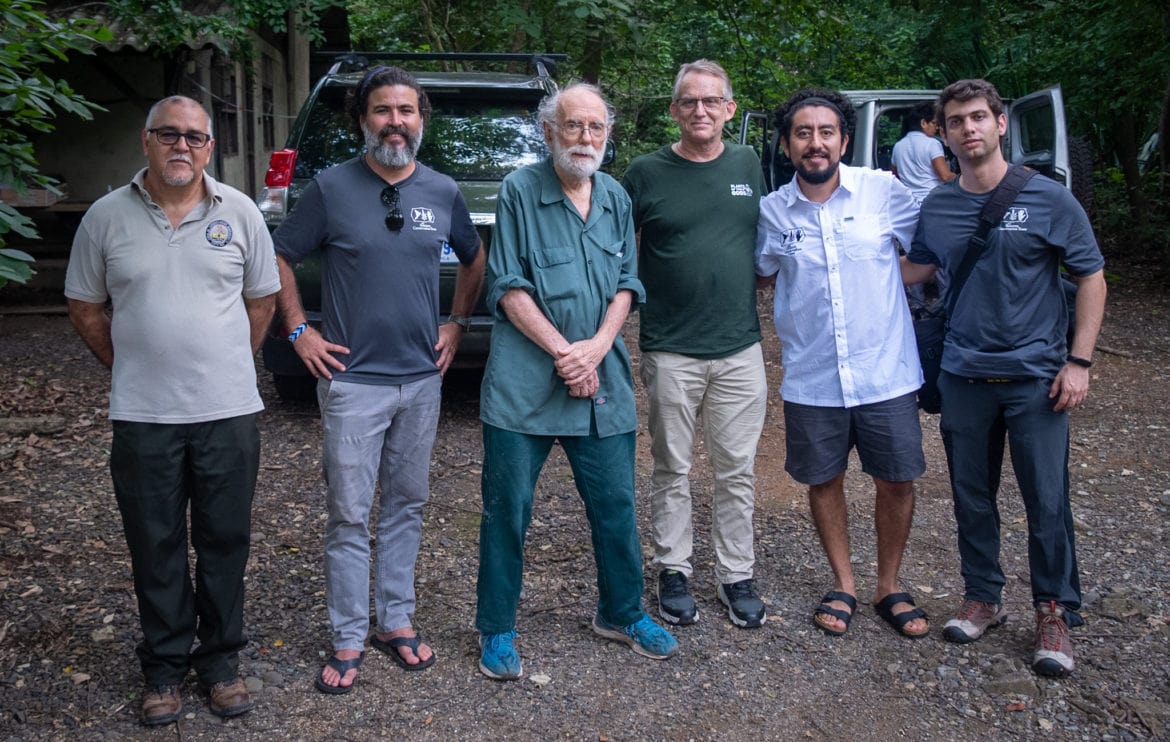
Share this post
Bring awareness to our projects and mission by sharing this post with your friends.


